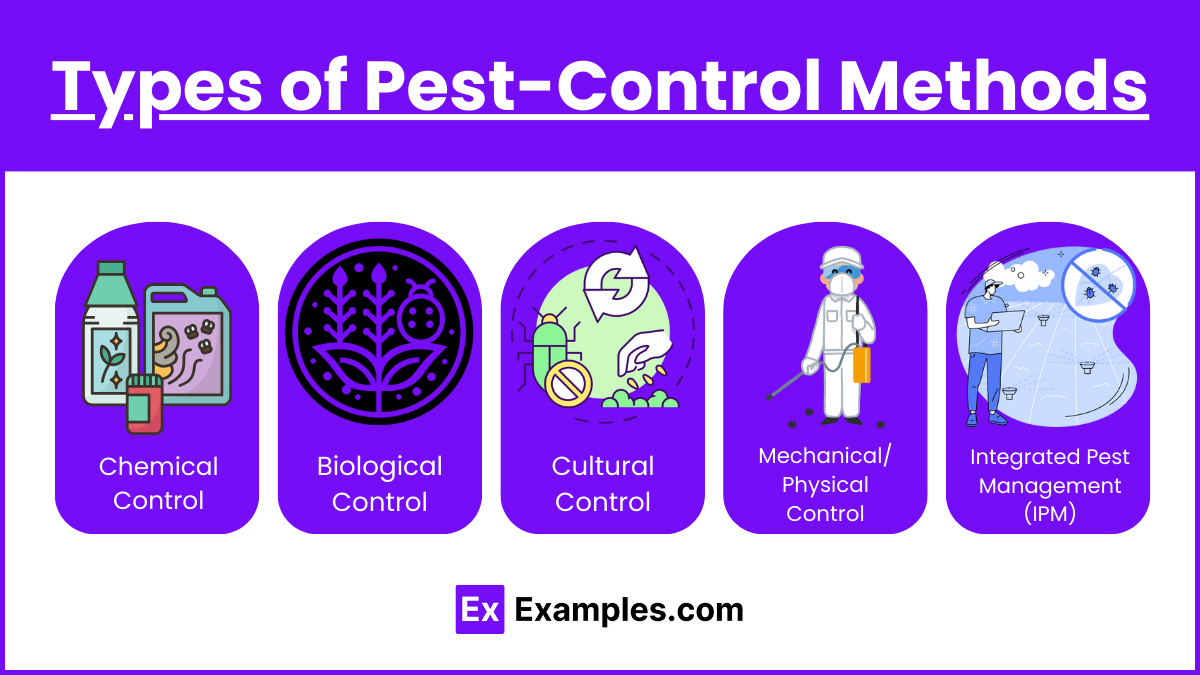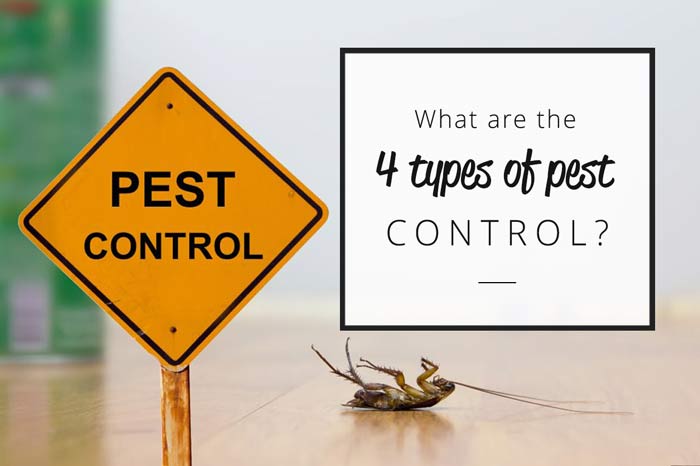What Does Pest Control Do?
Table of ContentsThe Main Principles Of Pest Control Little Known Questions About Pest Control.10 Easy Facts About Pest Control ExplainedFacts About Pest Control UncoveredPest Control Fundamentals ExplainedThe Definitive Guide to Pest Control
Our findings show that the preliminary analysis will set you back anywhere from $160-$300 usually. Preferably, property owners should schedule analyses for their homes a minimum of yearly. From there, lots of exterminators established prices based on the client's particular requirements. This typically costs anywhere in between $400-$1000 for the entire year's coverage, with regular monthly or bi-monthly brows through already rolled into the last expense.Depending on the issue, a job that requires a single see typically costs $300 to $550. These are the most convenient prices to outline in your insect control prices listing.
Pests that normally calls for continuous sees include: Cockroaches. Spiders. Termites. Ticks. Rats. Our searchings for show that an initial browse through is regarding $180 and is the first of an ongoing agreement. The initial visit is where you do the exploring that will assist you figure out an option. During this initial see, you ought to: Assess the trouble. Pest Control.
12-month agreement. In general, the frequency of regular gos to is: Every month: $40 45. Every two months (semi-monthly): $50 60. Every 3 months (quarterly): $100 300. Parasite control is a chemically-intensive organization. Nevertheless, chemicals are the key materials that pest control specialists use to finish a task. Typical chemicals consist of: Boric acid.
Pest Control - The Facts
Necessary materials and materials you'll make use of include: Respirator. Your tools must be consisted of as component of your overhead costs. If you have staff members, then labor prices are going to be the most significant expenses for your business.
Limitations of Chemical Management Be able to examine bug issues, figure out if administration is required, and make suitable recommendations making use of IPM strategies. Be acquainted with various techniques of bug administration - their benefits and restrictions. Understand the worth of useful bugs. It is not possibleor even desirableto rid gardens of all insects.
This phase goes over (IPM), an approach that uses understanding regarding bugs and their, practices, nonchemical methods, and pesticides to manage pest troubles. Additional details concerning IPM for details plants is consisted of in chapters that focus on those plants. Bugs in a garden or landscape might include pests and termites, weeds,, animals, and birds.
Pest Control for Beginners
Lots of people hurry to draw, hoe, or spray every weed they see. Pests and weeds, nonetheless, contribute in the. After growing a garden or establishing a grass, the natural procedure of plant succession begins to reestablish and nonnative plants. A weed expanding in a grass stands for the initial stage in a sequence of occasions that, if allowed to proceed, could at some point lead to a forest.
What we call "parasites" are component of a natural system at the office. An ecological community has no bugs. Only people take into consideration particular varieties bugs when they happen where they are not desired. We will be extra successful in managing undesirable varieties when we realize that these organisms comply with predictable patterns that we can make use of to our advantage.
Parasites prone to a chemical were swiftly killed, leaving immune ones to breed and multiply. It became clear that pesticides alone would not resolve all insect troubles.
An IPM plan enables some degree of bugs in the atmosphere. Pests are a lot less most likely to make it through a program that uses several different methods of decreasing their populations. Integrated parasite management was first suggested by entomologists since insects were the first group of bugs to verify hard to handle with chemicals alone.
The Definitive Guide to Pest Control

Administration instead of elimination of insects is the objective. An IPM strategy starts with a cautious evaluation of each parasite invasion. Just after that can one determine about the appropriate strategies required to reduce parasite tasks. The life process of the pest, feasible damage, all-natural adversaries, and impacts of climate, to name a few aspects, are taken into consideration before a control strategy is applied.
Clover expanding in a yard may be deemed an undesirable weed, but as a vegetable it is synthesizing nitrogen for the dirt and the blossoms are offering nectar to honey and other. Tolerance for some weeds might become part of an IPM plan. might be consuming the fallen leaves of a plant, but when they are determined as the larvae of Eastern tiger swallowtail butterflies, their damage may be endured so we can take pleasure in the stunning butterfly.
Figure 81. Brownish lacewing larva (Hemerobiidae family members). Pest Control. Matt Bertone Avoidance is the first device in parasite monitoring because it is the most reliable, the very least expensive, a lot of ecologically pleasant service. Selecting a healthy plant that thrives in the preferred area with the offered light, planting it meticulously, and making certain that it has appropriate water and nutrients stops anxiety and minimizes parasite issues.
The 2-Minute Rule for Pest Control
The 2nd essential device in bug administration is Discover More Here early intervention. Existing and watchful in the garden guarantees early detection. Responding to issues rapidly, before they have time to multiply, calls for a much less dramatic intervention. The third most essential tool is recordkeeping; tracking what happens in the yard allows a gardener to acknowledge patterns and make informed choices.
Lots of risk-free, useful, nonchemical methods of plant security and insect administration may lower or get rid of the need to spray. Various other techniques are most valuable when utilized with pesticides. To apply administration techniques properly and to minimize losses, garden enthusiasts ought to recognize the sorts of insects that strike plants and comprehend pest biology.
Parasite administration techniques fall under four groups: social, mechanical, biological, and chemical. Keeping plants healthy and balanced and preventing plant stress and anxiety helps plants to much better hold up against and repair the damages caused by a bug or mite insect. Some proof suggests that healthy and balanced plants resist invasion by pests far better than plants with low vitality.
Conducting a soil examination and applying only the suggested quantity of fertilizer and lime optimizes the benefit to the plant while lessening troubles connected to too much use of fertilizer. Treatment the soil with a number of inches of compost protects the plant in a number of means: reducing soil water loss to evaporation, minimizing weed competition, supplying nutrients, and developing a suitable environment for earthworms and microbes that keep the soil loose for origins and damage down organic material to launch nutrients.
Not known Factual Statements About Pest Control

If tilling is considered essential, take into consideration doing it in the loss when the life process of many bugs brings them near the surface. At the surface, bugs become subjected to the climate as well as birds and various other all-natural enemies. Autumn tilling can also damage insects in crop residues. Use disease-free and insect-free licensed seeds and plants if readily available.